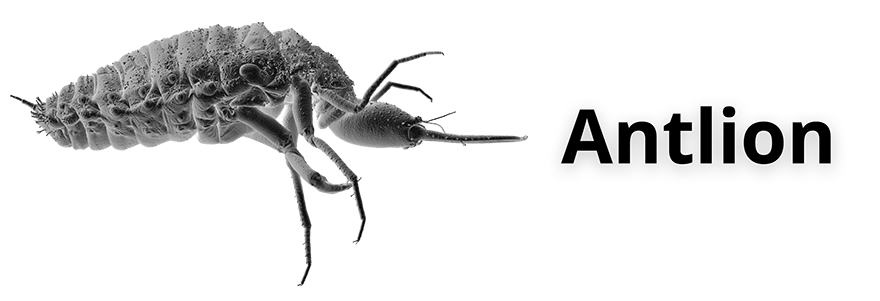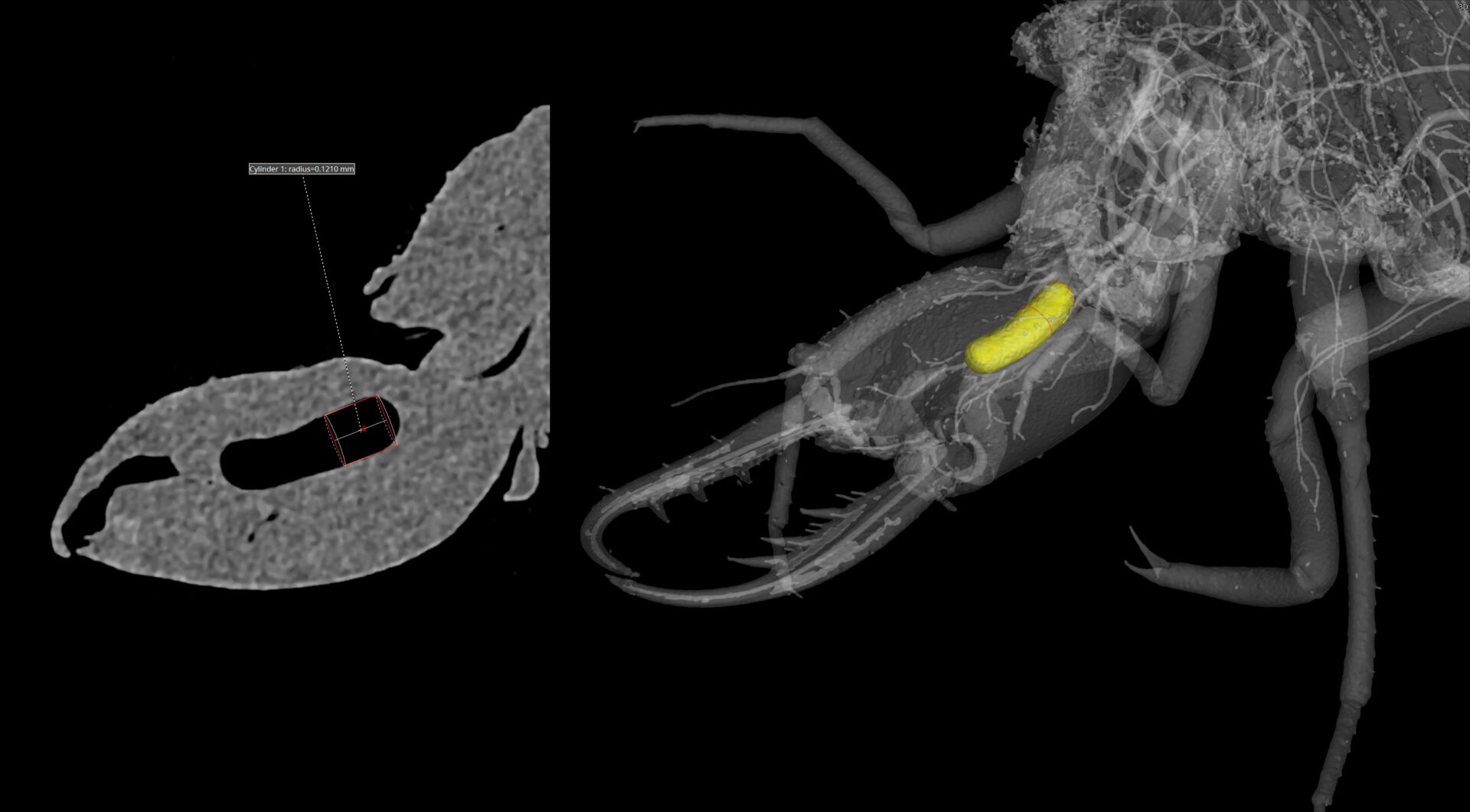
Antlions may look like dusty little bugs, but don’t let them fool you, they’re nature’s trapdoor ninjas! These clever insect larvae dig perfect sand pits, lie in wait at the bottom, and snatch anything unlucky enough to slip in. But the real fun begins when you zoom in: beneath the surface, antlions are packed with oversized jaws, hollow fangs, and a surprisingly smart brain for something the size of a breadcrumb. With CT scans, we can peek inside their tiny armored heads and see the hidden tools they use to sense vibrations, grab prey, and slurp them like soup. They’re part architect, part ambush predator, and completely awesome.

That’s a tiny brain with a big job! Measuring an antlion’s brain, just 0.12 mm in radius, gives us a window into how incredibly efficient nature can be. Despite being smaller than a grain of sand, this little brain powers complex hunting behavior, including building perfectly shaped pitfall traps and reacting in milliseconds to the vibrations of nearby prey. The antlion’s brain is packed inside its head capsule and controls everything from its ambush instincts to how it uses its massive jaws with eerie precision. Studying such a small but capable nervous system helps scientists understand how brains scale, how insects process information, and even how to build smarter micro-robots in the future!

Antlions have some of the most outrageous jaws in the insect world, and they’re not just for show! These giant, sickle-shaped mandibles are their main hunting tools, perfect for snatching, stabbing, and slurping unsuspecting prey that fall into their sand traps. But the real magic is in the details:
BIG JAWS
The jaws are huge compared to the antlion’s head because they act like spring-loaded spears. Bigger jaws mean more reach and power—exactly what you need when your hunting strategy is “wait until something falls on your face.”
PINCERS
Look closely and you’ll see tiny, secondary jaws tucked inside. These are called maxillae or sub-pincers, and they help hold the prey still while the main jaws do the serious work. Think of them like the bug version of tongs inside a claw machine!
HOLLOW
This is the coolest part: antlions don’t chew, they inject digestive juices through their jaws to liquefy their prey’s insides, then suck it back up through the hollow jaws like an insect smoothie straw. Gross? Definitely. Awesome? Absolutely.
Together, these freaky jaws turn the antlion into one of nature’s most efficient little sand assassins.

The capillary-like structures running down each side of the antlion are its tracheal tubes, a network of hollow air-filled channels that deliver oxygen throughout the body. Antlions, like most insects, don’t breathe the way we do. Instead, they use spiracles (tiny holes along their sides) to pull in air, which then travels through a branching system of tracheae, branching to key organs or muscles, like the jaw base or gut.

